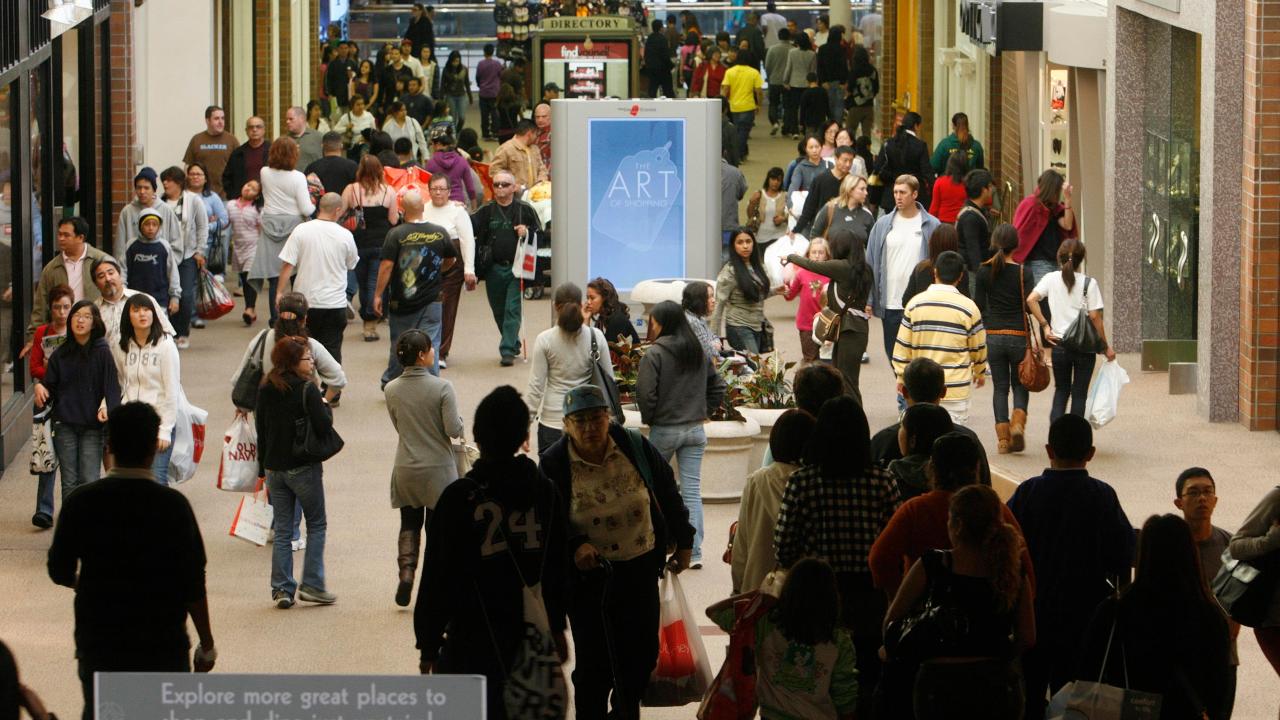US retail sales expected to beat expectations in 2018, but tariffs loom
U.S. retail sales are expected to grow more than initially expected as the industry benefits from rising disposable income for consumers and other tailwinds related to tax reform, according to the National Retail Federation.
The trade group on Monday projected that national sales would grow at least 4.5 percent this year, surpassing initial expectations for between 3.8 percent and 4.4 percent. NRF President Matthew Shay attributed the increase to “higher wages, gains in disposable income, a strong job market and record-high household net worth.”
“Tax reform and economic stimulus have created jobs and put more money in consumers’ pockets, and retailers are seeing it in their bottom line,” Shay said. “We knew this would be a good year, but the first half turned out to be even better than expected.”
Retail sales rose 4.8 percent in the first half of 2018 compared to the same period one year earlier, according to NRF data. The 4.5 percent figure excludes sales in the restaurant, automobile and gasoline station sectors.
Last December, President Donald Trump approved a $1.5 trillion tax reform bill that lowered the corporate tax rate to 21% from 35%.
While the NRF said its overall outlook for the retail industry is “optimistic,” the group warned that tariffs imposed by the Trump administration on China and other countries could weigh on consumer confidence. Trump has approved duties on $50 billion worth of Chinese goods and is said to be weighing tariffs on an additional $200 billion in items.
“Despite this upgrade in our forecast, uncertainty surrounding the trade war and higher-than-expected inflation due in part to increased oil prices could make consumers cautious during the fall season,” NRF Chief Economist Jack Kleinhenz said.
Amazon is foremost among e-commerce retailers that have experienced strong growth in recent years. The Seattle-based company said it set sales records in July on “Prime Day,” its annual sales promotion for premium subscribers.
Meanwhile, traditional “brick and mortar” retailers are contending with weaker sales and declining store traffic. Store closures are expected to rise 33 percent to more than 12,000 locations in 2018, according to commercial real estate services firm Cushman & Wakefield.




















